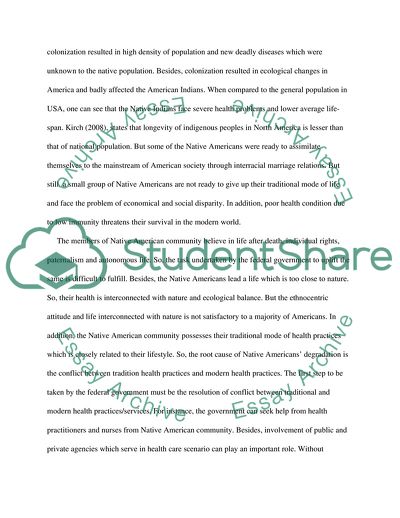Cite this document
(The Indigenous Population in the USA Research Proposal, n.d.)
The Indigenous Population in the USA Research Proposal. https://studentshare.org/history/1736429-indigenous
The Indigenous Population in the USA Research Proposal. https://studentshare.org/history/1736429-indigenous
(The Indigenous Population in the USA Research Proposal)
The Indigenous Population in the USA Research Proposal. https://studentshare.org/history/1736429-indigenous.
The Indigenous Population in the USA Research Proposal. https://studentshare.org/history/1736429-indigenous.
“The Indigenous Population in the USA Research Proposal”. https://studentshare.org/history/1736429-indigenous.


